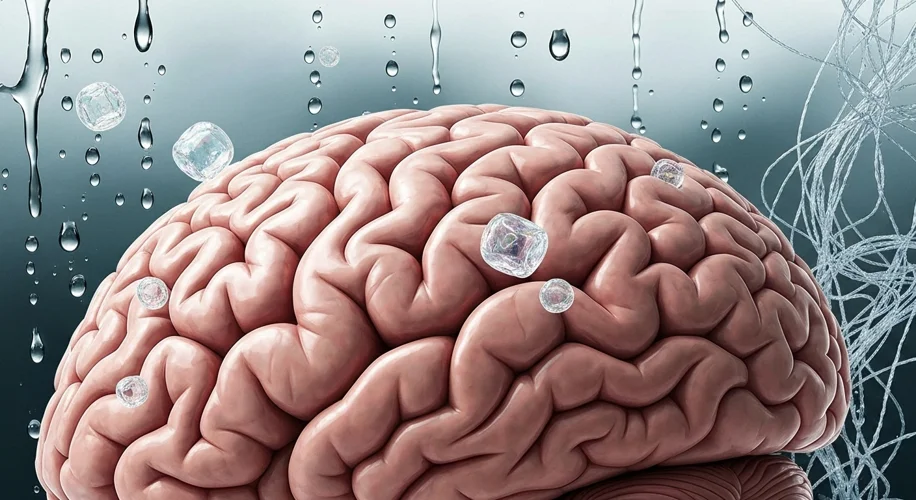Microplastics and Your Brain: A 3-Week Warning
Did you know that tiny particles, invisible to the naked eye, could be impacting your brain health in just a few weeks?
That’s the startling conclusion of some recent research, bringing the issue of microplastic pollution even closer to home. We often talk about microplastics in our oceans and food, but what about their direct effect on our most vital organ – our brain?
What Are Microplastics, Anyway?
Microplastics are tiny pieces of plastic, smaller than 5 millimeters. They come from all sorts of places: the breakdown of larger plastic items, synthetic fibers from our clothes, microbeads in some personal care products, and even the tires on our cars. Because they’re so small and durable, they’ve found their way into virtually every corner of our environment – our water, our air, our soil, and yes, our bodies.
The Brain Connection
New studies are shedding light on a concerning link between microplastic exposure and neurological health. While research is ongoing, some findings suggest that these particles might not just pass through us. They could potentially cross the blood-brain barrier, a protective layer that usually keeps harmful substances out of the brain.
Imagine these microscopic invaders finding their way into the very control center of your body. The implications are significant, potentially leading to inflammation and cellular damage within the brain. One study, as reported by the Daily Mail, indicated that even a short exposure period – as little as three weeks – could be linked to serious neurological concerns.
Why Does This Matter?
This isn’t about fear-mongering; it’s about awareness and understanding the science. As a scientist, I’m always looking at the data, and the emerging evidence on microplastics and brain health is something we need to pay attention to. It highlights how pervasive environmental pollutants have become and how they can impact us on a cellular level.
Our brains are complex and delicate systems. Protecting them from environmental stressors is crucial for overall well-being, cognitive function, and long-term health. The idea that something as ubiquitous as microplastics could pose a threat, even over short exposure times, is a wake-up call.
What Can We Do?
While the research is still developing, there are steps we can all take to reduce our exposure:
- Filter your water: Consider using a water filter that can trap microplastics.
- Choose natural fibers: Opt for clothing made from natural materials like cotton, wool, or linen when possible.
- Reduce single-use plastics: The less plastic we use, the less there is to break down into microplastics.
- Stay informed: Keep up with scientific research and advocate for policies that aim to reduce plastic pollution.
This is a complex issue, and we’re learning more every day. By staying informed and making conscious choices, we can all contribute to a healthier environment and, hopefully, healthier brains.

